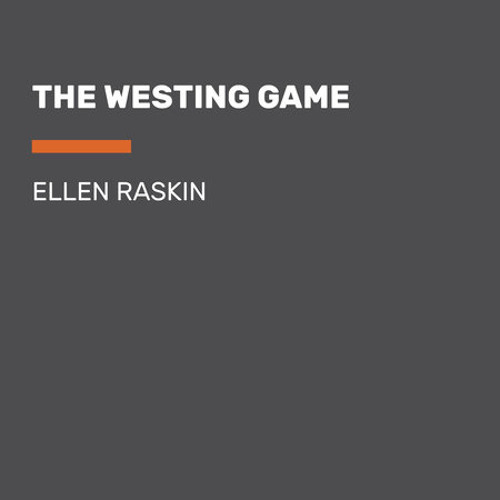

We were able to get different points of view, and a more complete picture of how the mystery solving progressed. I also loved the structure of the story the short vignettes were perfect. Character development is expansive the way that Raskin wrote it, we could really get to know everyone in the building - slowly and steadily. Sixteen eccentric characters are brought together, first as neighbors, and then as heirs to a great fortune ($200 million!) - but only if they can work with their teammates to solve the mystery of who killed Sam Westing.

Beyond the central mystery of the book, the characters and the world they inhabit are amazing - way to go, Ellen Raskin!

The plot is so clever, the ending is unexpected, the red herrings are plentiful - this book definitely is still a winner. Pre-read recollections: I somewhat cheated one this one because I was inspired to read it by Alli at SSR Podcast, but I did stop the episode so as to not spoil myself! I read this book for the first time in middle school English, and I think I picked it at some point in college while babysitting a middle school student, and I remembered a few of the bigger broad strokes: Sam Westing was a wily old minx with a fondness for word play, there was something to do with cardinal directions, and all of these people were willing to move to this building with no idea why.Īdult review: I love a good who-dun-it, and even though this is a children’s book, I think this one is one of the better I’ve ever read. And though no one knows why the eccentric, game-loving millionaire has chosen a virtual stranger-and a possible murderer-to inherit his vast fortune, on things for sure: Sam Westing may be dead…but that won’t stop him from playing one last game! Synopsis: A bizarre chain of events begins when sixteen unlikely people gather for the reading of Samuel W. To be honest, I was a little nervous - would it still hold up? would I still love these books? - and a little excited. When we started talking about what we wanted to do on She’s Full of Lit, rereading childhood faves came up again and again. As you can see from our bios, we were all big readers as kids, which probably is why we read so much now.


 0 kommentar(er)
0 kommentar(er)
